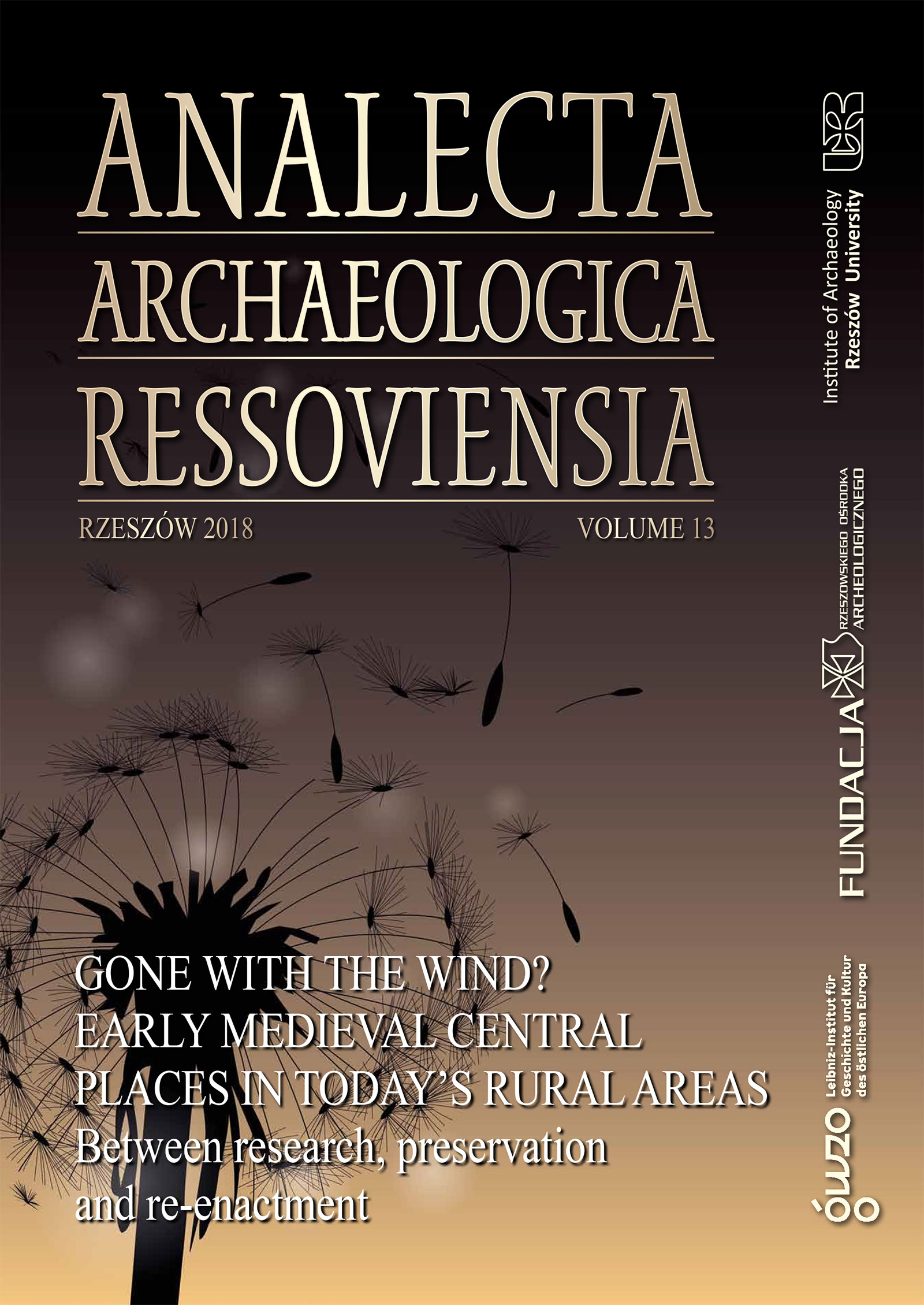The Large Fortified Settlement Near Shepetivka: History of the Medieval Settlement – History of the Archaeological Site
DOI:
https://doi.org/10.15584/anarres.2018.13.20Słowa kluczowe:
Early Rus’ fortified settlement, excavations, research, interpretationAbstrakt
The dramatic history of the medieval fortified settlement, located between the Sluch’ and Goryn’ Rivers (near the village of Horodyshche, Shepetivka District, Khmelnytskyi Region, Ukraine), destroyed and burned as a result of Tatar-Mongol raids in the middle of the 13th c., gave rise to the appearance of a cultural layer which is unique as regards its abundant finds. During the excavations led by Mikhail Karger in 1957–1964, almost all the territory of the site was investigated (3.6 ha) and many thousands of archaeological and anthropological finds were collected. M. Karger planned to publish a monograph based on the research into these collections undertaken by the members of his expedition team, but his plan did not reach fruition. Over the last sixty years, the materials have often been referred to by specialists. Today the bibliography relating to the analysis and interpretation of the materials discovered during the excavations includes dozens of articles. The rather disjointed nature of the materials published so far, and the random and incomplete selection of finds for detailed investigation have meant that the presentation of the site as a whole has not been a well-integrated one and interpretations have often been inconsistent. Recently a project has been drawn up, enabling a team from the Institute for the History of Material Culture, to prepare the excavated materials for publication, supported by a grant from the Russian Foundation for Basic Research.

